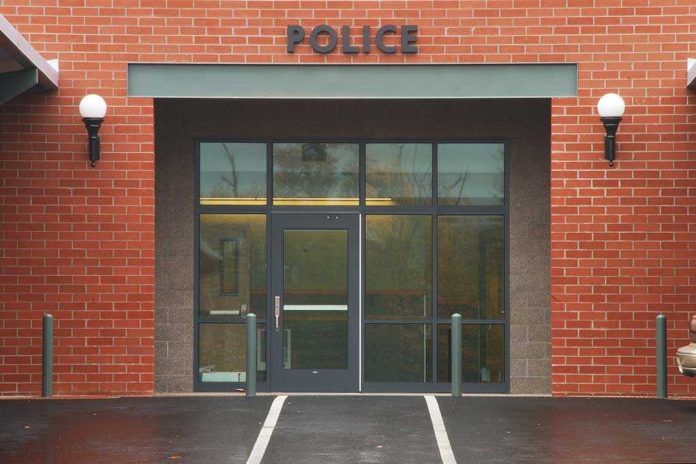
A routine forensic examination transformed into tragedy when confiscated explosives detonated inside a Kashmir police station, killing nine and injuring 27 in what authorities say was a catastrophic accident—not an attack—yet raises urgent questions about how security forces handle volatile materials in one of the world’s most conflict-prone regions.
Quick Take
- Nine police and forensic personnel died when confiscated explosives detonated during examination at a Kashmir police station on Friday night
- The blast injured 27 others and occurred amid heightened security operations following a terror attack in New Delhi earlier that week
- Authorities classify the incident as accidental, not militant-related, but it exposes dangerous gaps in how hazardous materials are stored and handled
- The tragedy will likely trigger a comprehensive review of explosive ordnance protocols across Indian law enforcement agencies
When Safety Systems Fail
The explosion unfolded during what should have been a controlled, methodical process. Forensic experts were examining seized explosives at the Nowgam police station when the materials detonated without warning. The blast was powerful enough to kill nine people instantly and injure 27 others, transforming a routine administrative task into a mass casualty event. This wasn’t sabotage or negligence born from carelessness—it was a failure of systems designed to protect those handling weapons of destruction.
Kashmir’s Volatile Reality
Kashmir has endured decades of militancy and counterinsurgency operations since 1989, creating an environment where police stations regularly seize explosives from militant networks. Security forces confiscate vast quantities of weapons and ammunition during raids and operations. These materials must be cataloged, examined, and stored—a necessary but inherently dangerous process. The police station where Friday’s blast occurred was conducting standard forensic procedures when everything went catastrophically wrong, exposing how thin the margin for error truly is.
Timing and Context Matter
The incident occurred during a period of intensified security operations. Earlier that week, a car blast in New Delhi had been classified as a terror attack, prompting authorities to ramp up counterterrorism efforts across the region. Police were actively seizing explosives and conducting investigations. The timing suggests that the police station’s explosive storage facility was likely fuller than usual, containing recently confiscated materials awaiting examination. More materials meant higher risk, yet protocols apparently hadn’t been adjusted accordingly.
The Protocol Question
How does a forensic team examine confiscated explosives safely? Standard practice involves specialized facilities, trained personnel, protective equipment, and controlled environments designed to contain potential detonations. The fact that nine people died suggests either the facility lacked proper containment measures, the procedures weren’t followed correctly, or the explosives were more unstable than anticipated. Each possibility points to systemic vulnerabilities that extend beyond this single incident to law enforcement agencies across India.
What Comes Next
Investigations are underway to determine the precise cause of detonation. Authorities have already pledged to review safety protocols for storing and handling confiscated explosives. Expect comprehensive changes: better training for forensic teams, upgraded facilities with enhanced containment capabilities, revised procedures for handling unstable materials, and possibly new regulations governing how long explosives can be stored before disposal. The families of the nine deceased and 27 injured deserve answers, but so do every police officer and forensic expert now questioning whether their workplace is adequately protected.
The Broader Lesson
This tragedy illuminates a harsh reality: in conflict zones, the infrastructure supporting counterterrorism operations often lags behind the volume and complexity of threats. Police stations in Kashmir handle materials that require specialized facilities, yet many operate with outdated equipment and insufficient training. The blast represents not just individual loss but systemic failure. As security operations intensify across the region, the pressure on storage and handling systems only increases, making future incidents possible unless fundamental changes occur immediately.
Sources:
DW: India deadly blast rips through a Kashmir police station
PNA: Blast at police station in Indian Kashmir kills nine, injures 27












